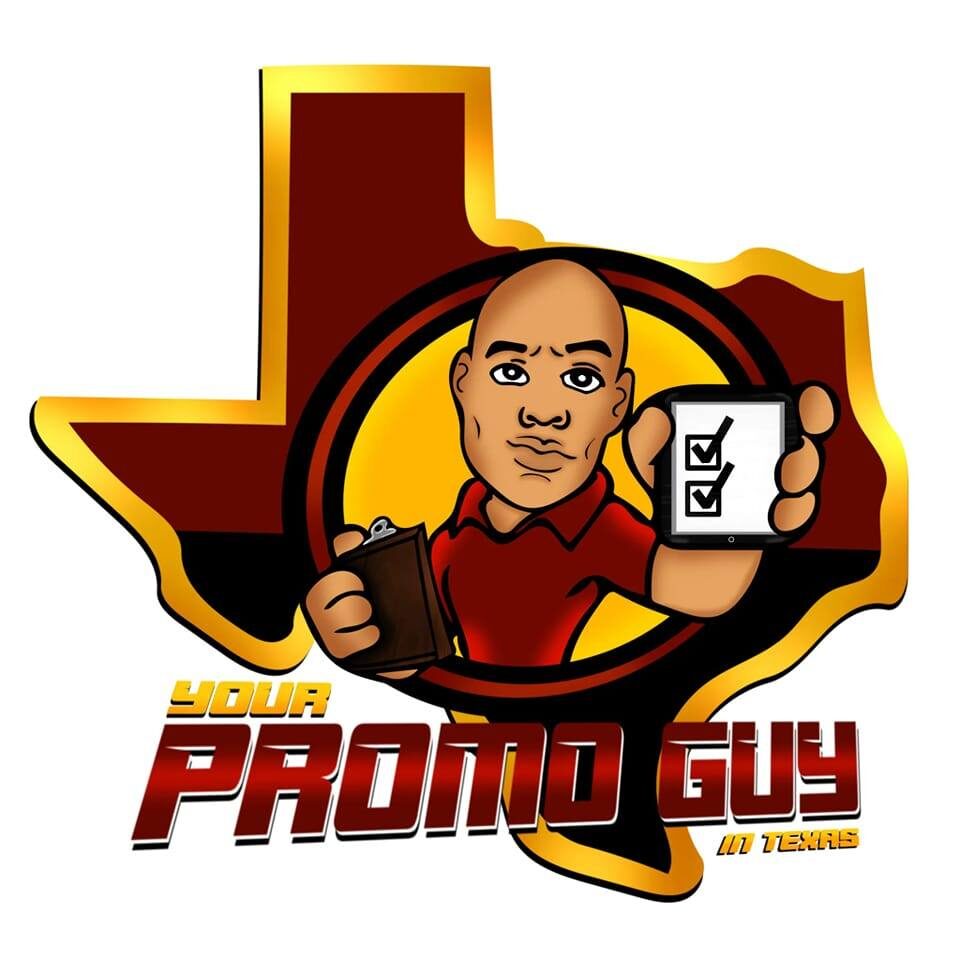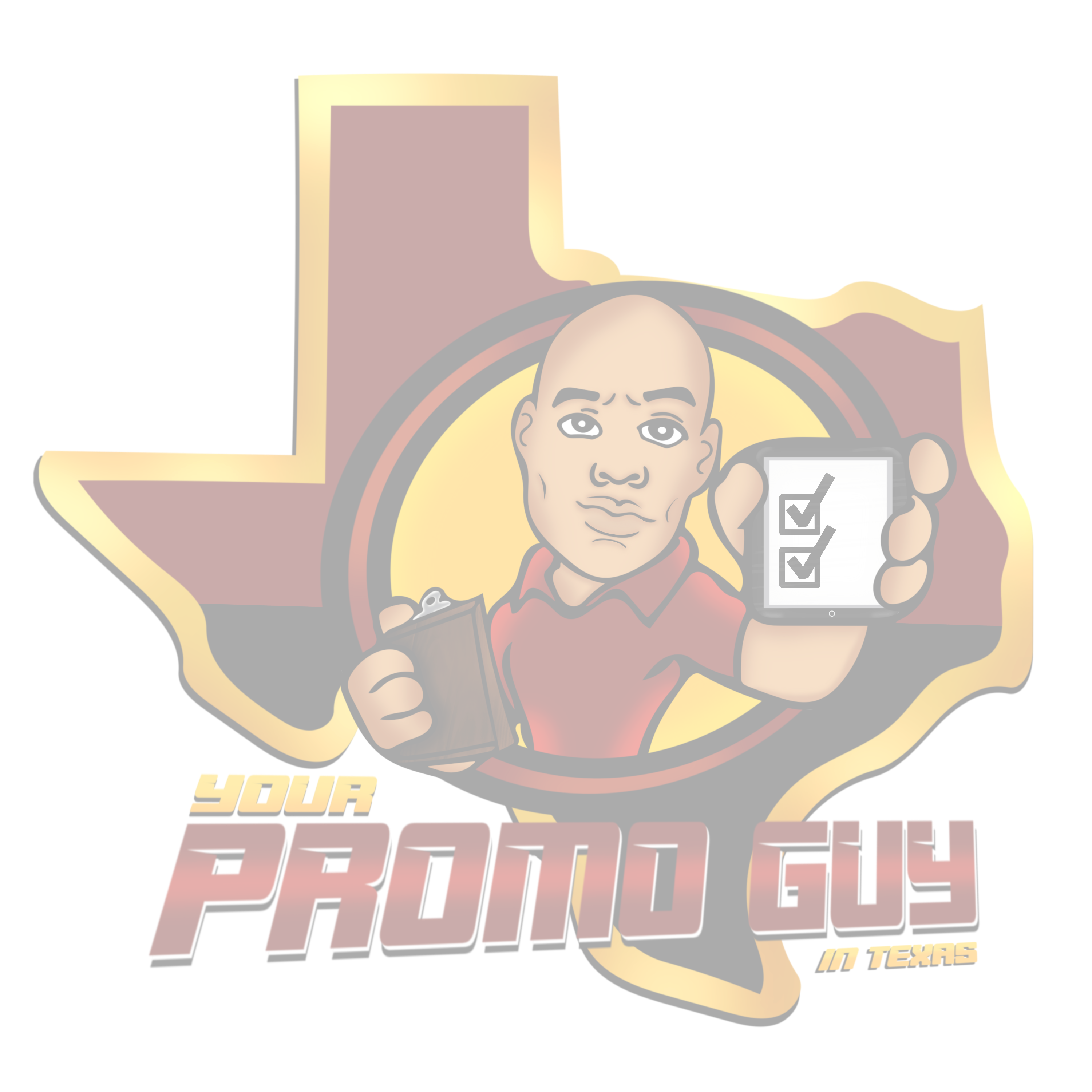2016 has been a year where knowledge has become freely available for anyone interested in knowing about all things SaaS. That’s because the people who are working in the SaaS industry or investing in these businesses are sharing much more of the details about all aspects of growing and scaling a SaaS business.
Here are key trends from the top articles I’ve shared in my newsletter this year:
- SaaS is more crowded than ever, but you can still grow fast
- It’s all about the customer
- Self-funded SaaS is being created for every niche
- Technical knowledge about SaaS businesses is widely available for free
- People have been sharing more about what’s coming next in SaaS
SaaS is more crowded than ever, but you can still grow fast
Looking in hindsight over the past decade, it’s now unimaginable to think about how easy it used to be for a SaaS business to grow fast by just executing really well in sales or marketing. You were able to grow for longer before you really had to have a product people love.
That’s all changed as it’s become easier for anyone to create, market and sell a SaaS product.
There are now thousands of tools (most of them are SaaS products) to help with marketing and countless tools for sales too. To scale your SaaS business, you need to think of new ways of getting and keeping your customers’ attention.
Christoph Janz, That’s a Nice Little $1-2M SaaS Company You Have Here
Getting your SaaS business to $1-2 million in yearly revenue is now easy, but it’s harder than ever to get beyond $10 million in ARR.
Point Nine Capital, Infographic: 5 Ways to Build a $100 Million SaaS Business
“What animals are you hunting?” The animal is your customer type. Work backwards from there to get your pricing model and acquisition channels.
Brian Balfour, You’re Too Focused on Product/Market Fit
There are four different “fits” you need to build a $100 million dollar SaaS business. This slide deck comes from Brian’s brilliant SaaSFest 2016 presentation.
Brian Halligan, Why Aren’t There More Intuits?
HubSpot’s CEO shares why he thinks there’s only one large SaaS company that focuses on small and medium-sized business (SMBs).
Andy Raskin, The Greatest Sales Deck I’ve Ever Seen
Sales has become a saturated channel. To win at sales, you need to nail the core story of your sales pitch to help you stand out from the noise.
Replicated, Build SaaS Features Enterprises Love
SMB-focused companies often find growth by going upmarket. This guide looks at the features of 50 top SaaS companies like Atlassian and Front, providing example implementations, feature tear-downs, and more.
Leo Widrich, These Are Buffer’s Top 10 Lessons from Growing to $10 Million ARR
Buffer started with a very minimum viable product (MVP) which consisted of just three pages. A homepage, pricing page and thank you page. In five and a half years they’ve grown to over $10 million in annualized recurring revenue (ARR). Co-founder Leo Widrich reflects on their top 10 lessons in reaching this milestone, and how learning as a habit has been central to their growth.
It’s all about the customer
In a crowded market, you don’t win with marketing, you win with brand. In 2017, companies will find success by getting back to basics and focusing on the “service” part of Software as a Service.
The companies that spend the most time with customers in all aspects of their business will make sure they are always able to build the best solutions for their customers’ ever-evolving needs. You can’t just talk to customers for sales. You have to constantly keep a pulse of their needs and iterate your product, marketing and sales accordingly.
David Cancel, How To Be A Remarkable SaaS CEO
To compete in today’s reality your SaaS company has to be customer-driven, and that should start with the CEO so it spreads fast throughout the company.
Drip, 9 Customer Success Emails Your SaaS Needs to Be Sending
In a self-service SaaS, you rely on customer success drip emails to generate your upgrade revenue. With the low-touch / no-touch model, you don’t have big sales, account management or customer success teams. Your support team saves revenue, handles inbound replies to your customer success emails, and suggests upgrades where it makes sense.
Dave Grow, How We Generated Thousands of Sales Leads By Mapping One Process
Good customer support is the most underrated sales strategy. Rather than cold-calling prospects, listen to the customers who are already talking to you. This will make it much easier to identify the actions that will lead to conversions and up-sells.
Self-funded SaaS is being created for every niche
It really is easier than ever to acquire customers, which means that it’s also easier than ever to self-fund your own SaaS business based on customer revenue. Solo developers and small teams are building “picks and shovels” for every major and minor tech need.
Many of these businesses are highly profitable and some of them have major growth potential.
Hacker News, Ask HN: One-Person SaaS Apps that are Profitable?
This Hacker News thread gives examples of one-person SaaS businesses that net from over $150K in revenue to $1M yearly.
Nathan Barry, From Losing Money to a 51% Profit Margin in 5 Months
ConvertKit, an email marketing platform for bloggers, was growing its expenses in lockstep with and in excess of new revenue, so it was perpetually not-quite-profitable. After deciding to make profitability his primary focus, Nathan got the company to a 51% profit margin and $538,000 in cash within 5 months.
Steve Rayson, How BuzzSumo Achieved $2.5m Annual Revenue in its First Year
Learn about the 22 strategies that content marketing analytics tool BuzzSumo used to reach $2.5m in annualized recurring revenue within a year.
Amy Hoy, 5 Things Amy Hoy Wishes Somebody Told Her Before She Started Her SaaS Business
Freckle Time Tracking launched in 2009 and 7 years later, it’s pulling in close to $800k in ARR. Amy shares a few important things to know about running a self-funded SaaS business that most of us found out the hard way.
Clement Vouillon, Funded vs Self-Funded: Comparing the Metrics of 37 SaaS Companies
Self-funded SaaS companies have to be more efficient than funded companies and they can choose faster growth by raising money later.
Thomas Smale, How to Value a SaaS Business in 2016
FE International has grown as a marketplace for buying and selling small-scale SaaS businesses. They likely see more deal flow than anyone in this segment of the market. Based on more than 50 SaaS sales, they’ve written an in-depth piece that you can use to understand what your SaaS business is worth.
Technical knowledge about SaaS businesses is widely available for free
Many people who have started, funded, worked at or work at SaaS companies are sharing what they know about how to start, run and grow SaaS businesses. This empowers anyone from anywhere to start a successful SaaS business.
Nathan Latka, 80+ SaaS Companies Reveal MRR and Other SaaS Metrics
The revenue metrics from these 80+ SaaS companies will help you understand your SaaS business better.
Ash Read, 10 Ready-To-Go Marketing Spreadsheets to Boost Your Productivity Today
Whipping up a basic spreadsheet is the easiest way to start thinking quantitatively about your marketing. Ash Read of Buffer compiles a bunch of incredibly useful spreadsheets and tips that you can start using today to take a data-informed approach to your marketing.
David Cummings, Metrics Spreadsheet for Every SaaS Company
A useful set of spreadsheets for getting your SaaS business metrics in order.
People have been sharing more about what’s coming next in SaaS
With all the hype around SaaS, it’s no surprise that there have been a few great posts this year about what’s happening next in SaaS. You don’t want to miss these articles and if you’ve already read them they are worthy of another read:
Justin Jackson, SaaS is ripe for disruption
SaaS disrupted on-premise software. What’s going to disrupt SaaS? Justin Jackson maps out the challenges SaaS as a model is hitting up against, and he lays out a few possibilities for what’s next after SaaS.
Tomasz Tunguz, The Next Big Shift in SaaS
SaaS companies have won from the bottom up by building tools that people actually want to use. It’s that user engagement that will allow the next generation of SaaS companies to generate deeper business insights.
Drip, A Few Thoughts About the Future of SaaS (And What to Do About It)
The SaaS market is growing and it’s getting more crowded at the same time. The Drip team shares how to break down the market to find your biggest opportunities in SaaS in 2017.
If you found articles on this list valuable, you should sign up for my free weekly email newsletter of my favorite SaaS articles.
How does my list of favorite articles in 2016 compare with yours? Let me know in the comments what your favorite articles were for the year…











